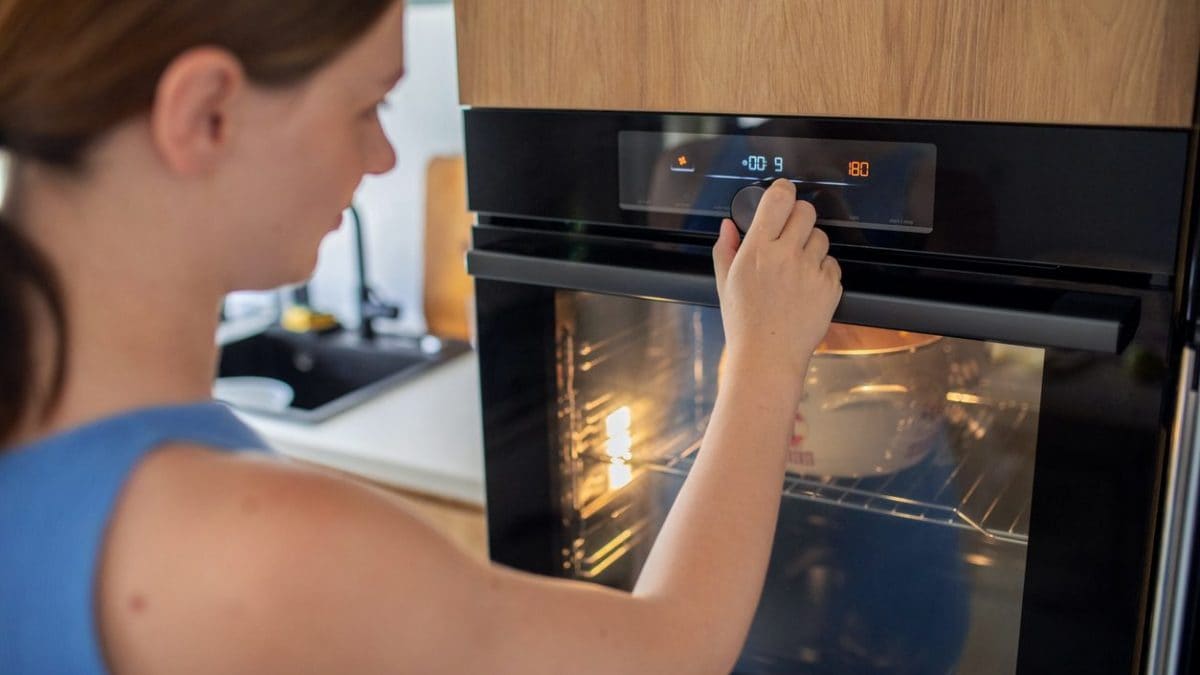
It is forbidden to think that steaming is only healthy (and boring), because in addition to having the ability to keep the nutritional properties intact, it can be tasty without the need to add excess condiments. In fact, it is the natural flavor of the food that is enhanced: with a few tricks – for example choosing quality raw materials, focusing on spices and not salt to flavor, or on light sauces to accompany – this common technique becomes the perfect ally for everyday recipes. How is it done? Usually with a steamer, which can be electric, bamboo or by exploiting the potential of a basket placed over a pot. But there's more: even the oven becomes a useful tool for the cause. How? All you need is a bowl of water and you're done.
How to Steam Cook in a Traditional Oven
Let's start by briefly saying what the advantages of steam cooking are and how it works: it is a very popular method, considered partly not very tasty, which involves the transfer of heat through water vapor, with the water and the food therefore not touching (no immersion as in boiling). In this way, the dispersion of water-soluble vitamins is reduced and the structure of the food is best preserved, preventing it from becoming stringy or too dry. The same conditions that are created inside a steamer can be reproduced in the chamber of a traditional oven that is not equipped with the appropriate function. How is it done? What you need is a simple bowl, obviously made of a suitable material (from aluminum to ceramic, through borosilicate glass): fill it with water, bring it to temperature and the heat generated will gradually evaporate the water, creating a humid environment in which the food cooks.

Going into detail, there are some precautions to take in order to obtain excellent results. First of all, the container must be placed at the base of the oven or on a grill positioned on the lowest level, since the steam is released by rising upwards. The recommended amount of water is around 300-400 ml for cooking that requires 30 to 40 minutes: if the times were to be longer, then plan a little more, around 500-600 ml which generally corresponds to the classic four fingers. As for the temperature of the appliance, a favorable situation is already reached between 320°F/160°C and 350°F/180°C. Consider that steam cooking is generally slower, reaching even double the minutes for the same weight and thickness of a food.
The Most Suitable Foods: From Vegetables to Bread
Among the positive aspects of steam cooking is its versatility: this variation in the traditional oven is no exception, ranging from vegetables to bread making. Without a doubt, vegetables, with their precious nutritional properties, are the foods that are most valued: carrots, courgettes, cauliflowers, broccoli maintain their consistency well, without losing their crunchiness, just as potatoes, cut into wedges or slices, become tender with less risk of falling apart. Other foods that benefit from various benefits are fish: the white ones, delicate and lean, will remain with a non-dry pulp, while the fatty ones like salmon, become lighter. Moving on to meat, focus on white meat, like chicken and turkey: it preserves their delicacy and also their lightness, not to mention that both in this case and for fish products you can opt for easy marinades (with oil, vinegar, lemon, aromatic herbs), which add flavour and, by “breaking” the fibres, promote softness. Last but not least, the bowl of water can prove particularly useful in baking bread, contributing in the initial phase to the formation of the pleasant external crust: among the specialities worth mentioning in this regard is the famous baguette, which due to its characteristic friability requires a warm and humid environment.
;Resize,width=767;)
